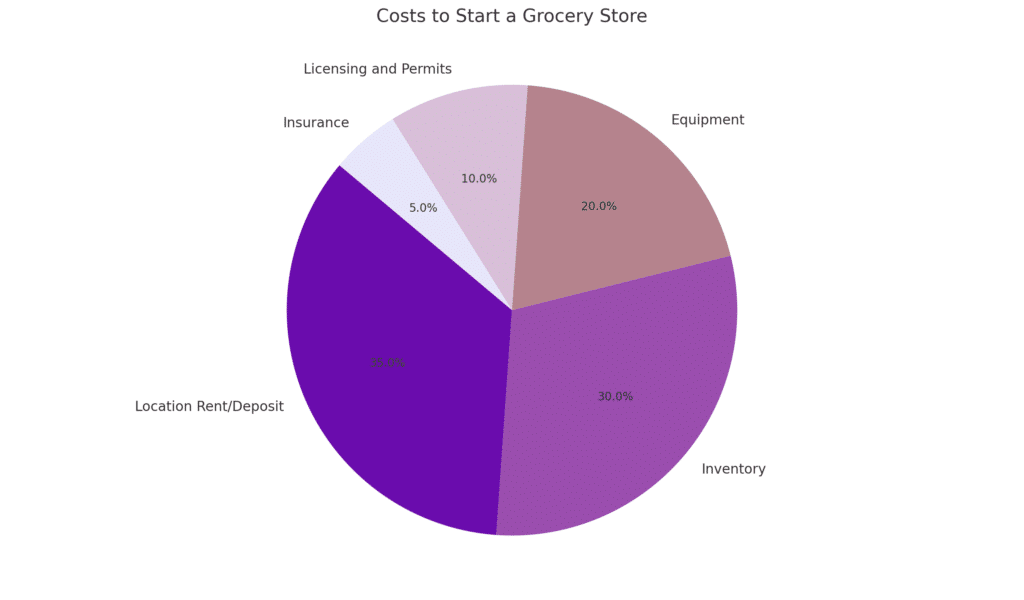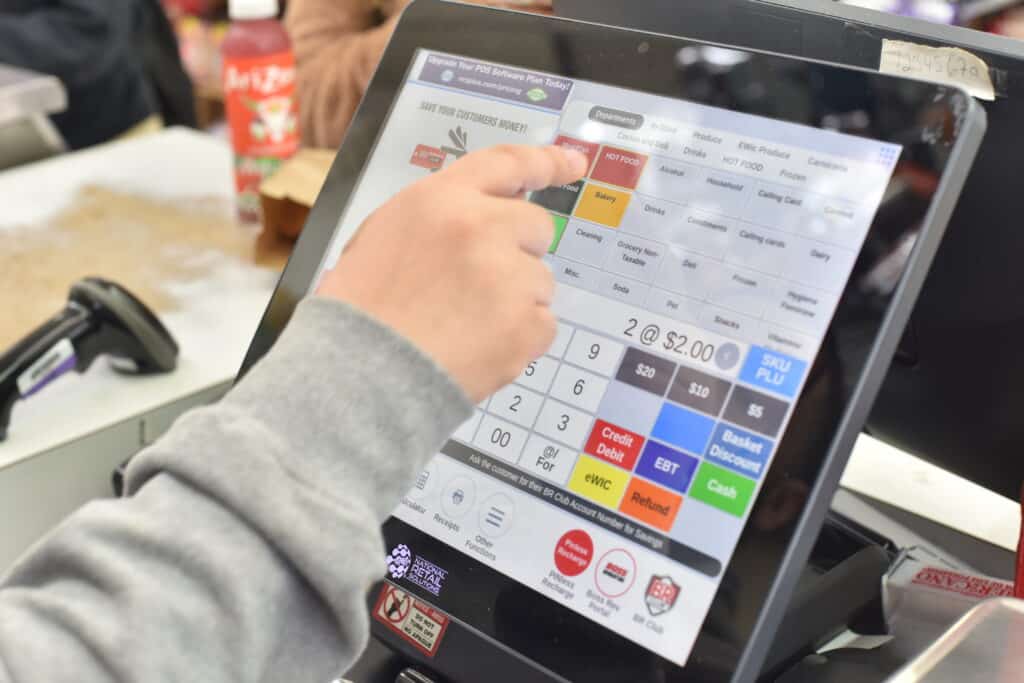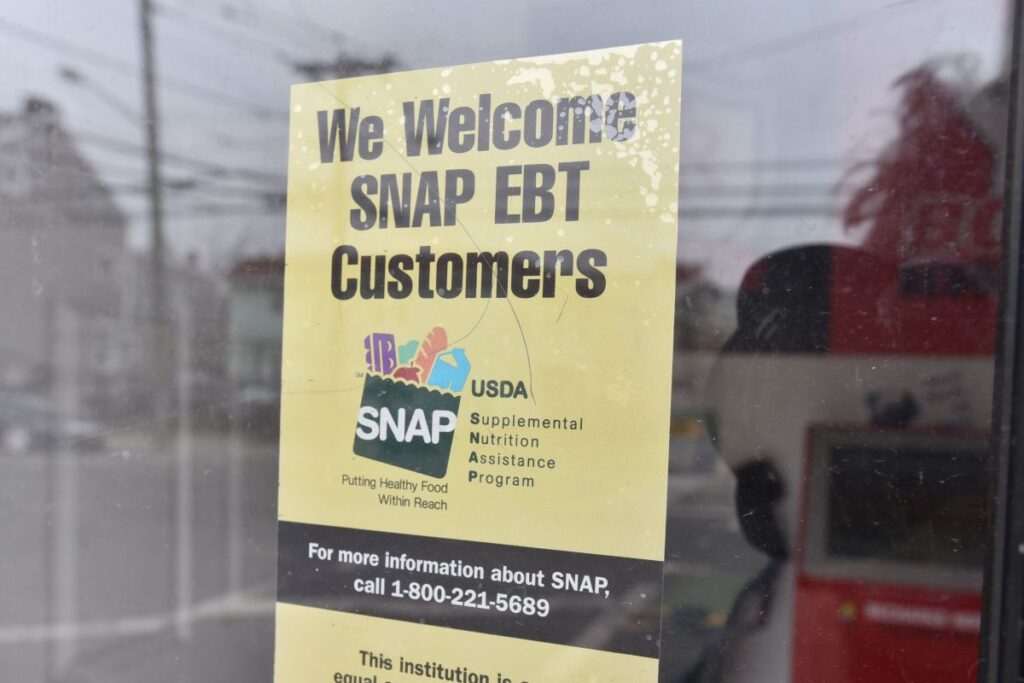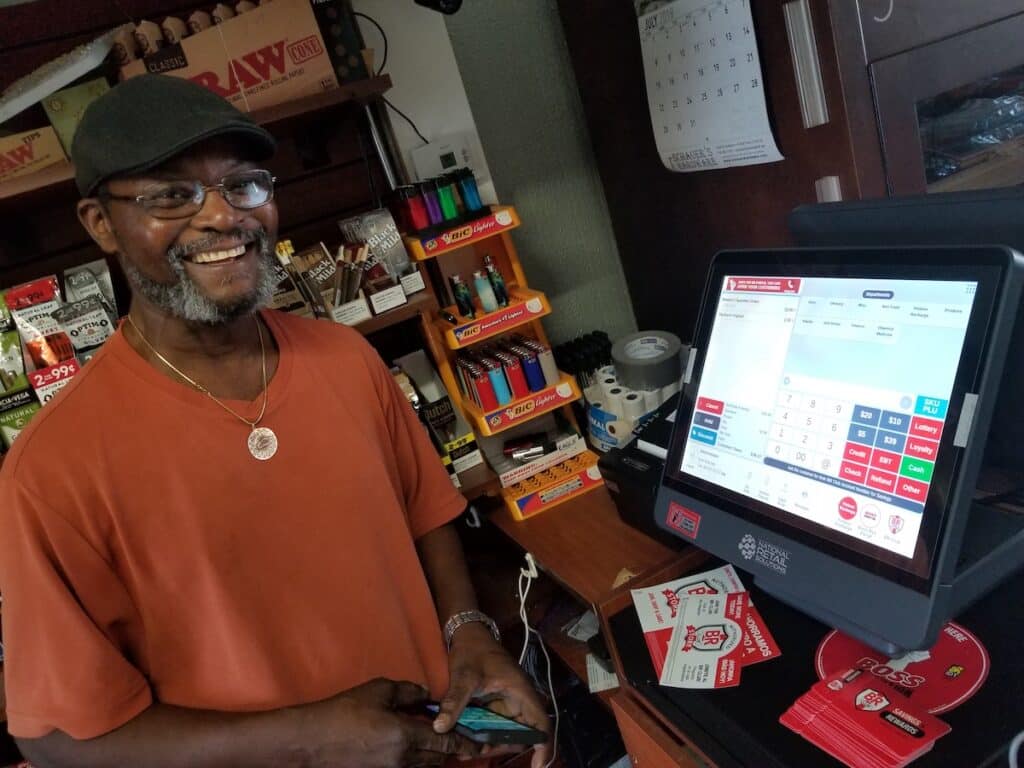- Business Planning: Starting a grocery store begins with a robust business plan, serving as your blueprint for success.
- Legal Formalities: Early steps include forming your grocery store as a legal entity and handling tax registration.
- Financial Foundations: Essential financial arrangements involve setting up a business bank account and accounting systems.
- Regulatory Requirements: To operate without hitches, securing the right permits and licenses is imperative.
- Product Provisioning: At the core of operations is inventory management, a critical factor in maintaining customer satisfaction and minimizing waste.

Starting a grocery store is an exciting venture that taps into the fundamental need for convenient access to food and household items.
This guide is tailored to assist you in navigating the complexities of opening your own grocery business.
From securing the perfect location to stocking shelves with in-demand products, we will cover the essential steps to build a grocery store from the ground up.
Whether you want to create a small neighborhood market or a larger food emporium, this article is your roadmap to a successful grocery enterprise.
Create a Unique Shopping Experience: Consider incorporating unique elements into your store to set it apart. For example, Farmhouse Market in Minnesota allows members to access fresh food anytime using their key card.
I. Laying the Groundwork for Your Grocery Store
Navigating the initial steps of opening a grocery store requires a blend of market acumen and operational savvy. Here’s how you can lay a solid foundation for your grocery venture:
- Understanding the Market: Before diving into the grocery industry, grasping the market’s nuances is essential. This involves identifying a target demographic, understanding the local demand, and pinpointing what will set your store apart from competitors. A deep dive into market research will reveal whether your concept for how to start a small grocery store aligns with customer expectations or if the aim to open a market store meets a community need.
- Crafting Your Grocery Store Business Plan: A comprehensive business plan is the backbone of your store’s inception. This document should detail your business model, articulate your vision, and set concrete goals. Financial projections, such as revenue forecasts and break-even analysis, will guide your path to profitability and attract potential partners and investors.
- Financial Planning: Understanding your startup and ongoing costs will inform your budgeting and financing strategies. This is where you consider the equipment needed to start a grocery store, from refrigeration units to shelving, and how these investments will impact your financial planning.
- Choosing a Location: The adage “location, location, location” holds particularly true in retail. The right spot can mean the difference between a bustling store and one that’s overlooked. Consider factors like foot traffic, parking accessibility, and proximity to competitors when selecting your store’s home.
II. Setting Up Your Grocery Store Operations
- Operational Readiness: Transitioning from planning to action, setting up your grocery store with the right legal and financial framework.
- Compliance: Acquiring the right permits and licenses to operate your grocery store legally.
- Customer Experience: Designing a store layout enhances shopping experiences and encourages purchases.
- Supply Chain Management: Establishing relationships with vendors to ensure a steady supply of quality products.
- Technological Investments: Equipping your store with the necessary technology and equipment for efficient operations.
Invest in Inventory Management: Inventory is the first thing your customers see when they enter your store. Effective inventory management can ensure that you always have the right products in stock.
Once you’ve laid the groundwork, the next phase is to set the wheels in motion. Setting up your grocery store operations is about turning plans into action, ensuring that every detail aligns with your vision of operating a grocery store that meets community needs and exceeds customer expectations.
- Legal and Financial Setup: Transitioning from planning to operation begins with formally establishing your business. Choose a business structure that suits your needs, such as an LLC or a corporation, and ensure your grocery store is registered for taxes. This foundational step is critical to protect personal assets and achieve a clear financial structure for your enterprise.
- Acquiring Permits and Licenses: No store can operate without adhering to the legalities. Acquiring the necessary permits and licenses is a step that cannot be overlooked. This ensures that your operation complies with local, state, and federal regulations—a vital step in learning how to run a grocery store effectively and legally.
- Designing the Store Layout: The design of your store should facilitate an enjoyable shopping experience. Efficient layout planning influences customer flow and purchasing habits. Integrate elements that reflect the needs of a modern shopper, ensuring convenience and accessibility.
- Sourcing Products and Vendors: A diverse and reliable product range is the lifeblood of any grocery store. Forming strong relationships with suppliers ensures a consistent supply of products that meet your standards and cater to your customer’s preferences.
- Technology and Equipment: The right technology and equipment are pivotal in today’s retail environment. This is where the keyword “equipment needed to start a grocery store” becomes tangible. From refrigeration units to display shelves and checkout counters, invest in quality pieces that will withstand high traffic and usage. Additionally, a modern Point of Sale (POS) system will streamline transactions and inventory management, a crucial aspect of how to run a grocery store smoothly.
In the following section, we will delve into the daily operations of managing a grocery store, highlighting strategies to keep your business thriving in a competitive marketplace.
III. Managing Your Grocery Store Successfully
Consider Community Involvement: Community involvement can sometimes help keep a store open. For example, when the owner of a grocery store in North Dakota passed away, members of the town formed a cooperative to purchase and run it.
With the doors open and the shelves stocked, the focus shifts to the day-to-day management of your grocery store. This is where the theory of how to start a grocery store transitions into the practicality of operating a grocery store with efficiency and foresight.
- Inventory Management: Effective inventory management is pivotal for maintaining the delicate balance between supply and demand. It involves monitoring stock levels, predicting customer purchasing trends, and adjusting orders accordingly. This ongoing process is essential to minimize wastage and ensure that the products on the shelves are fresh and appealing.
- Hiring and Training Staff: Your employees are the face of your store, and their performance can greatly influence customer satisfaction. Hiring a dedicated team and investing in their training is crucial. Staff should be knowledgeable about the products, proficient in customer service, and aligned with the store’s operational procedures.
- Marketing and Brand Establishment: As you ponder how to open a market store that stands out, marketing becomes your beacon. Develop a marketing plan encompassing traditional and digital media to build your brand’s presence. Engage with the community through events and partnerships, and utilize social media to connect with customers and share your story.
- Customer Service and Satisfaction: In the grocery business, customer service is king. Implementing feedback systems and loyalty programs can enhance the customer experience and foster repeat business. Your goal is to create an environment where customers feel valued and enjoy shopping.
- Grand Opening and Beyond: A successful grand opening can set the tone for the store’s future. Plan a launch that introduces your store to the community with a bang—special offers, tastings, and promotions can draw in crowds. But the work doesn’t stop there; the true test is maintaining that momentum with consistent service and evolving store offerings.
- Continual Assessment and Adaptation: The market will change, and your store must be agile enough to adapt. Monitor industry trends, customer behavior, and the economic environment closely. Use these insights to refine your business model, inventory, and marketing strategies.
Conclusion:
Use Visual Merchandising Techniques: Employ visual merchandising strategies, such as eye-catching customer-facing displays and strategic product placement, to attract customer attention and drive sales.
Starting and operating a grocery store is a complex but rewarding endeavor.
It requires a blend of strategic planning, customer-focused operations, and adaptive management.
By following the steps outlined in this guide and staying committed to excellence in every aspect of your business, you can build a grocery store that survives and thrives in the heart of your community.
Final Takeaways:
- Inventory Excellence: Mastering inventory management is crucial for a successful grocery store.
- Team Building: Investing in your staff is investing in your business’s success.
- Marketing Mastery: Effective marketing is key to establishing and growing your store’s brand.
- Customer Centricity: Prioritize customer service to keep shoppers returning.
- Evolutionary Approach: Stay adaptable and continually assess the store’s performance and strategy.
FAQ
- How much does it cost to start a grocery store? The costs can range from $25,000 for a small store to $75,000 for a franchise fee. Overall, startup costs can be anywhere from $60,000 to nearly $300,000, including expenses for space, shelving, a POS system, and inventory.
- What are the typical startup costs for a grocery store? You must consider fixed costs, one-time costs, and ongoing expenses like real estate, insurance, wages, business taxes, and inventory. Funding can be obtained through SBA loans, grants, or cash advance funding from NRS.
- What are the key steps to open a grocery store? Five key steps include creating a business plan, forming a legal entity, setting up taxes and bank accounts, obtaining permits and licenses, and defining your brand.
- What profit margin can you expect from a grocery store business? Grocery stores typically have a profit margin of around 3%, which can rise to 10% for specialty stores. With an 8% margin, a store can earn significant annual revenue and profit depending on daily customer numbers.
- Who should you target as your market? The target market often includes people interested in local purchasing, potentially a younger demographic found on platforms like Instagram. However, your market could be broad, so market research is vital to understand your audience.
These are general guidelines, and specifics can vary based on location, store size, and other factors. It’s always best to consult with a business advisor or a local Small Business Association for detailed advice tailored to your situation.








